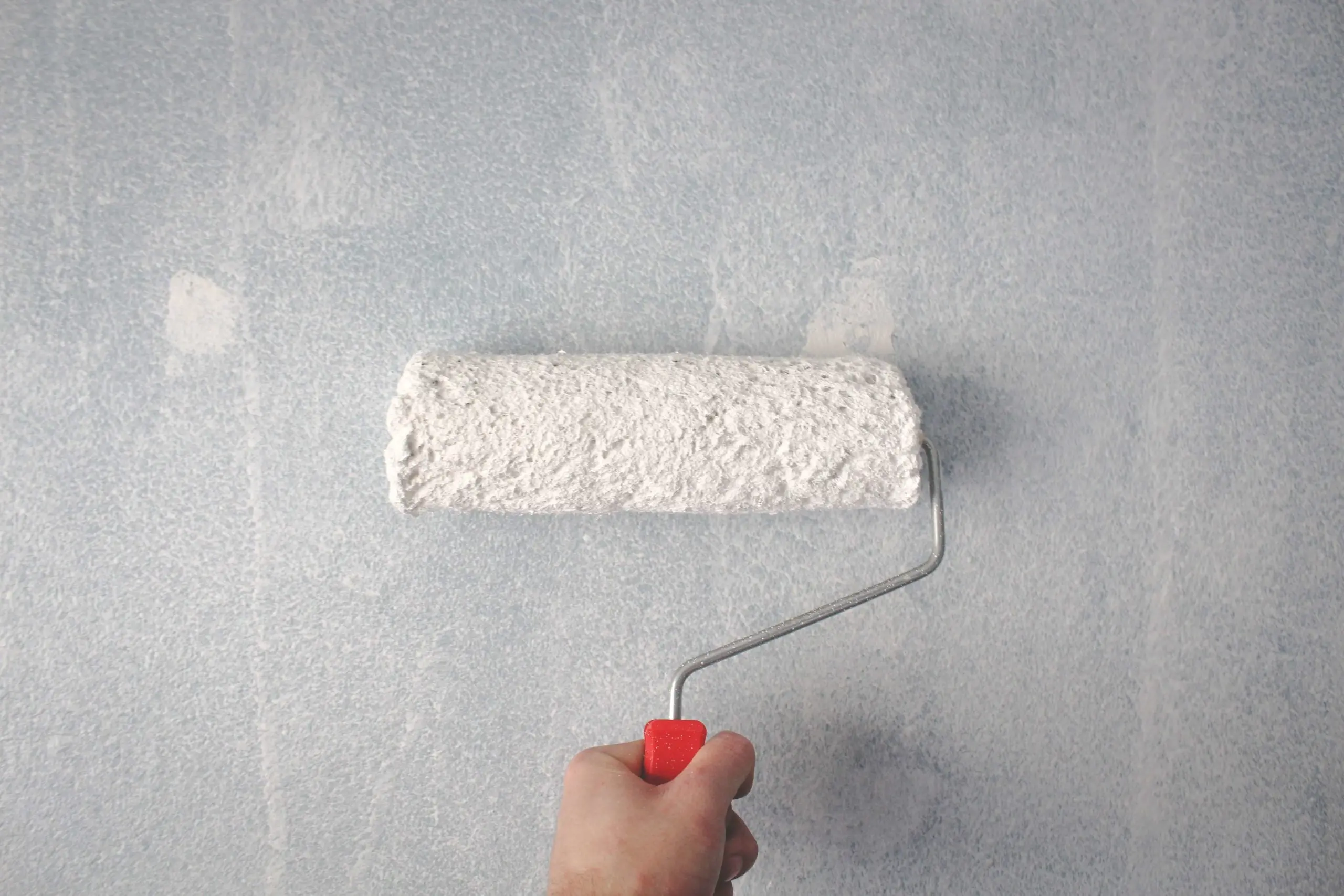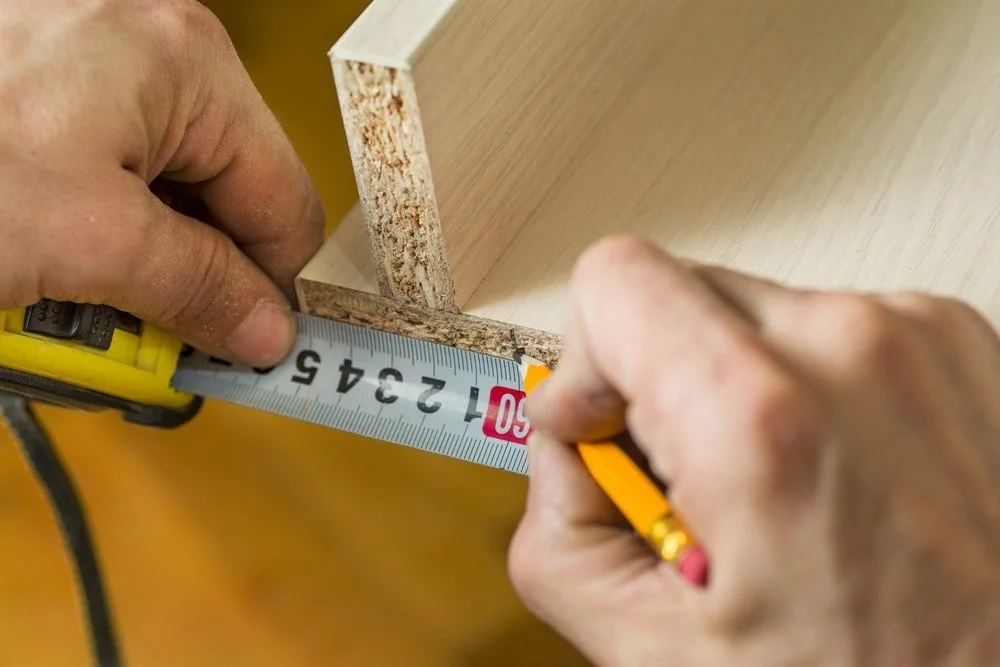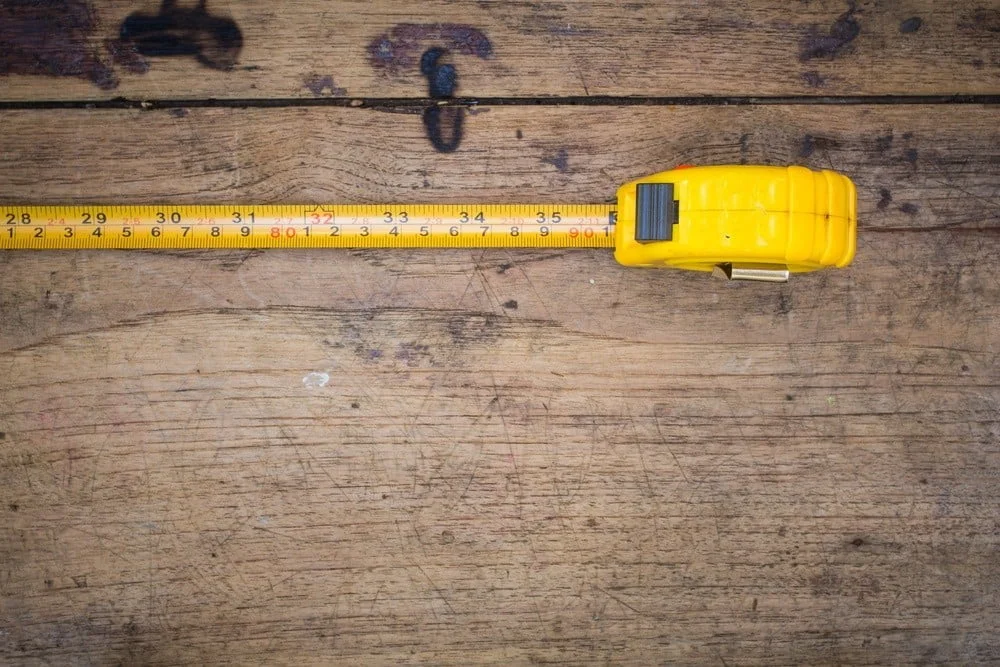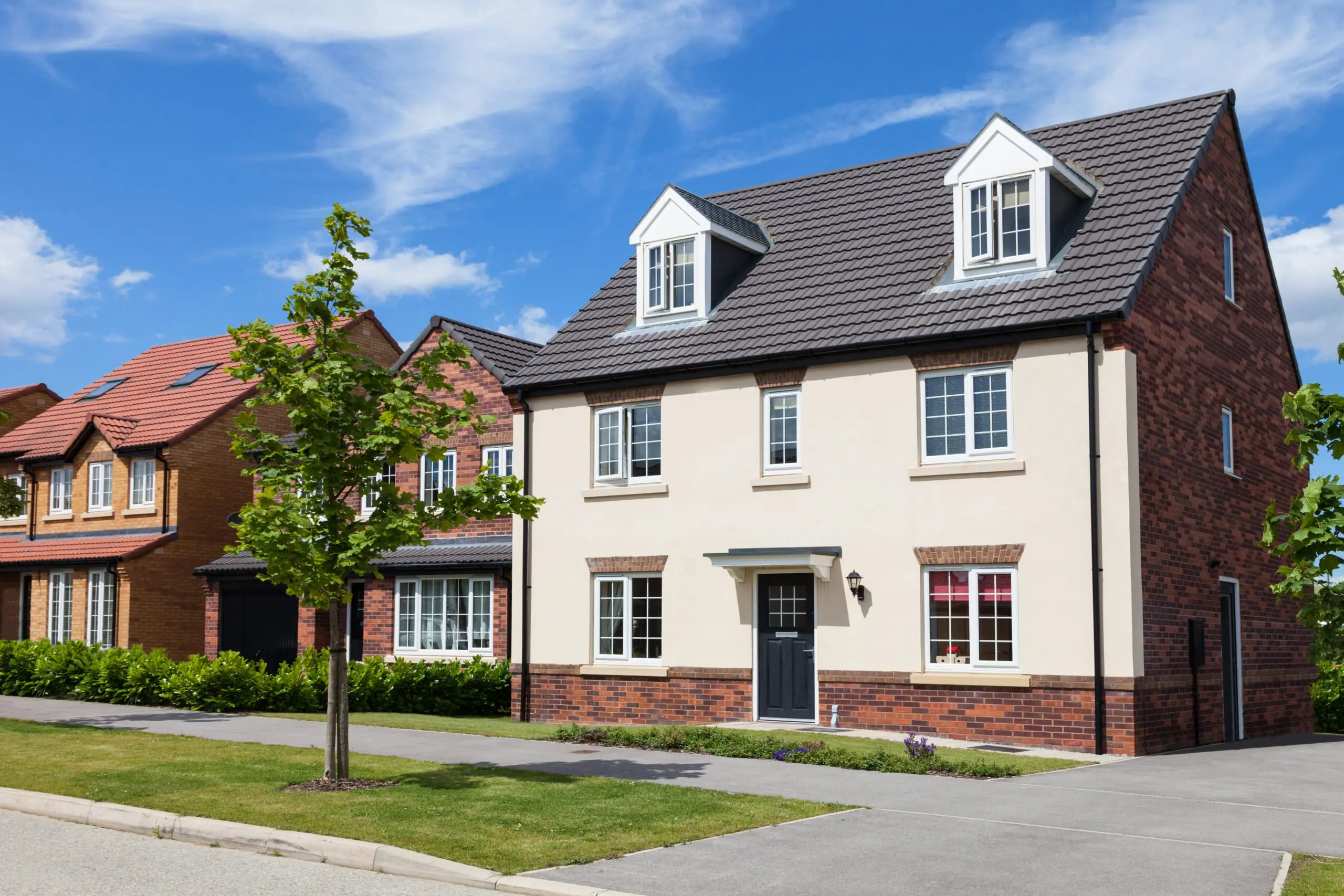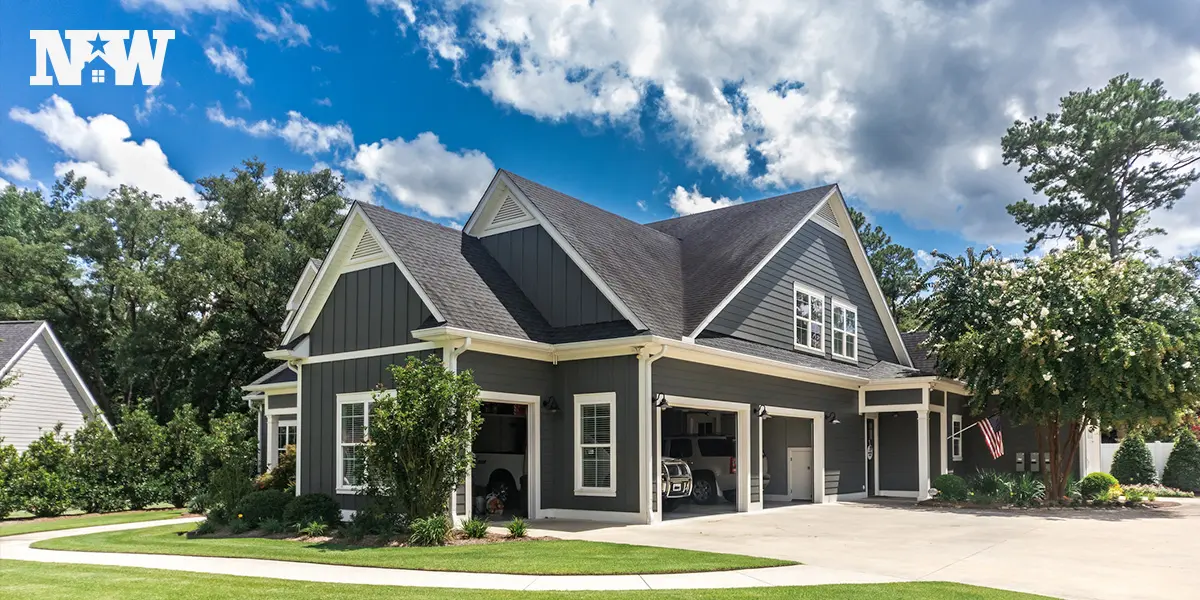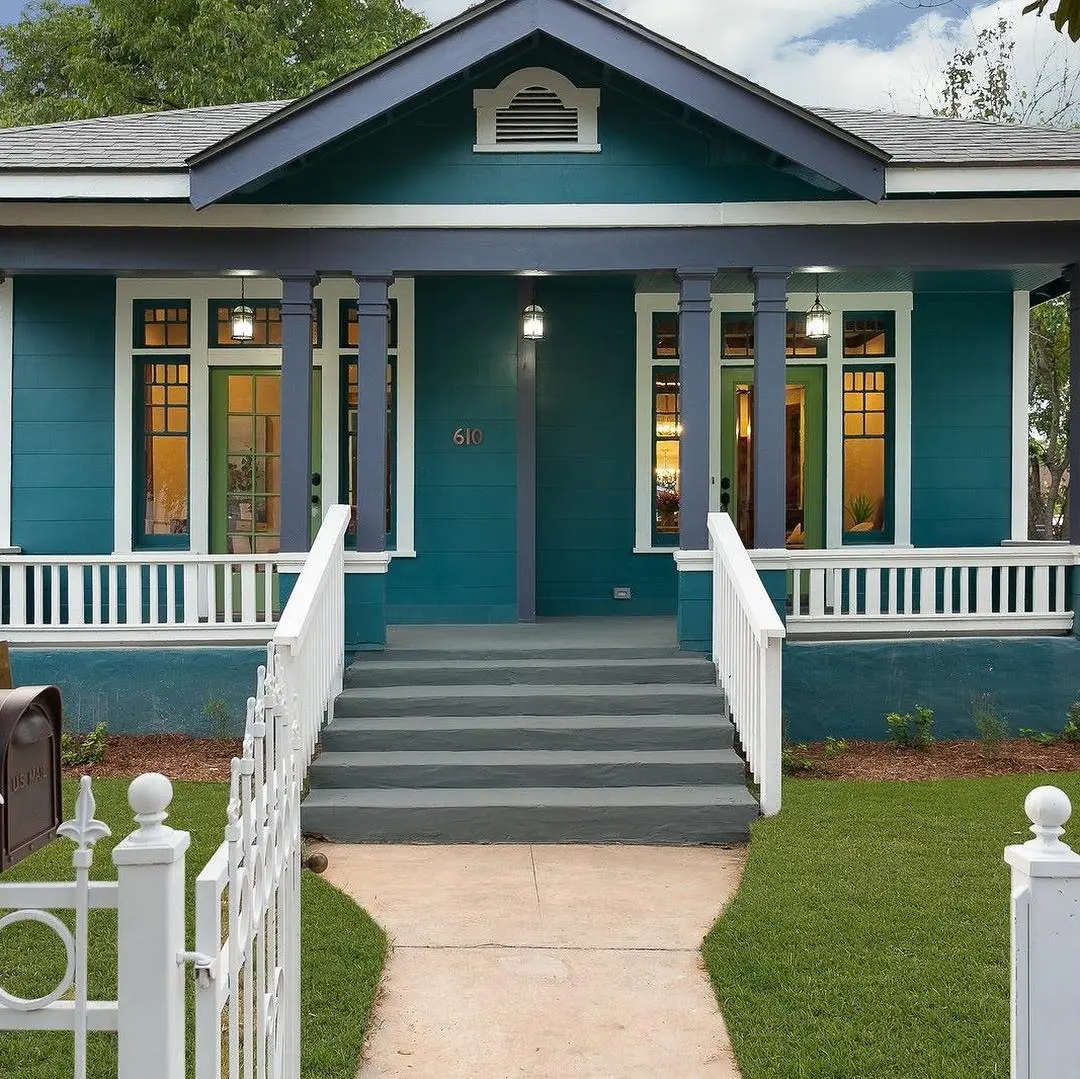When you decide to flip a house, whether to rent or to sell, it’s all about the rehab. You want to make your property shine with breaking the budget or having to redo shotty craftsmanship.
Time and time again, real estate investments lose a significant chunk of their return because of renovation mistakes that could be avoided with some careful planning.
One major renovation mistake that new investors may fall prey to is choosing upgrades that simply do not deliver a high enough return on investment to be worth the cost.
Remember, your flip does not need to have all of your dream features in order to attract a buyer or renter. Instead of splurging on a luxury upgrade, focus on the basics, and execute them to perfection.
1. Not Expecting the Unexpected
You can attempt to cover all the bases and map out the expectations for your property rehab, but the truth is, renovation of an investment property is a massive undertaking riddled with uncertainty.
Anything can happen! Even the best-laid plans can go awry.
Even if you have multiple flawlessly executed flips under your belt, it would be foolish to not pad your budget for mistakes or unexpected setbacks.

When you leave room for chaos, you will be able to problem-solve much better and deal with situations as they arise.
Needless to say, leaving wiggle room in your schedule, as well as your budget, will bode well for you, and not to mention your stress levels. Many experts suggest leaving at least 10% of your budget available in case of an unexpected emergency.
The risk increases for older homes, so you may want to consider increasing your budget padding to 25%. In addition to your financial budget, you’ll want to plan for extra time as well.
2. Cutting Corners When It Comes to Prep Work
A little planning goes a long way. If you do it the right way, right away, you can save yourself time and trouble in the future.
Finding affordable, accessible ways to order needed materials, having your contractors and other work lined up, and acquiring the required permits are just a few examples of things you need to have completed before you begin your renovation.
This may seem like an easy renovation mistake to be able to avoid, but with so many moving parts and deadlines in can be tempting to get ahead of yourself.
Spending a little extra time interviewing contractors, researching the neighborhood, and hunting down the right supplies could really save you from disaster in the long-term.
Especially if you’re new to flipping, don’t fall victim to hubris. It’s better to over-plan than jump the gun.
3. Buying Cheap Materials That Won’t Actually Save You Time or Money
To increase your ROI, it’s key to conduct your rehab within budget, but that doesn’t mean you should penny-pinch and buy cheap materials.
Remember, you are going to get what you pay for, and those materials are cheaply priced for a reason.
The same rule applies to contractors: the lowest bid is not always your best bet. We know that it can be tempting to bounce on a deal of a lifetime but, but beware that you may not end up with the quality of work that you desire.
Of course, the highest bid does not guarantee the best work, either. Instead of choosing your contractors based on their bids, you may be better off letting reviews and recommendations inform your decision.
If you choose to opt for inexpensive materials or a discounted contractor, there’s a good chance that you will have to redo the work anyway.
In fact, it’s easy to get over budget fixing mistakes and replacing poor quality supplies. If you’re looking to save time and money, invest in doing it right the first time around.
4. Inconsistent or Inaccurate Measurements
This one is for all of you “do it yourself” gurus. It might not seem or sound like it, but even an inch of an inaccurate measurement can make a world of difference.
Symmetry and accurate dimensions are crucial not only for structural integrity but to achieve the desired effect. Follow directions, or ask for help if you are unsure. And don’t forget the golden rule, “measure twice, cut once”.
Along these lines, if you’ve never DIYed a project, be cautious not to bite off more than you can chew. Start with small, non-essential projects while you’re learning the ropes.
Or, maybe you should skip DIY altogether and bring in a professional. According to a recent study, 63% of people regretted DIYing their renovations, and one-third of people had to hire a pro to clean up their mistakes!
5. Being Too Trendy
Trends, unfortunately, almost always have an expiration date. It’s common for house flippers to make the mistake of making the decor or features of their property equipped with the latest trends.
While being in trend may attract buyers in the short-term, you will have to commit to keep up with changing styles or risk your flip becoming quickly outdated if you plan to hold on to it as a rental.
Instead, go with something that will withstand the test of time and something that won’t immediately assign a date to the remodel of the home.
Many buyers prefer this as well because it gives them a chance to add their own personal style to the property.
Also, there’s no need to recreate the wheel when it comes to style. Is the home clearly mid-century?
Work with it, not against it! Unless you’re truly planning on gutting the home and starting from scratch, some of the original styles will likely shine through your rehab.
Be sure all of your renovations complement the original architectural style or your flip may look disjointed.

6. Going Too Small
Go big or go home, right? No, this doesn’t mean you need to supersize everything in the home, but make sure the space feels comfortable and livable.
Completing bathrooms, kitchens, or closets that are too small is a renovation mistake that can be hard to spot during the process. You may not even realize just how tight the kitchen is until you have a chance to use it yourself.
When you begin the rehab of your property, be sure and look at the entire floor plan and see everything as a big picture.
Ensure that every main room has multiple exits and that hallways are wide enough to allow passage through high-traffic areas. Be realistic about how much space you have.
While it may sound great to add a few extra feet to each room, you’ll likely have to prioritize. Study your floor plan and see if there is anywhere you can push walls to balance out the space or if you’ll need to build an add-on.
There are some steps that you can take to make a room feel spacious without busting down the walls. If the room is smaller in size, be sure that the furnishings and fixtures are size-appropriate.
Don’t try to cram full-sized sinks, vanities, or toilets into a bathroom that is too small, lest your guests will feel claustrophobic. Additionally, windows and mirrors can bring extra light that makes a room feel larger.
7. Using the Wrong Type of Paint
Believe it or not, there are specific types of paint for different areas of your house, and there is a type of paint for nearly every type of surface.
Be sure and pick the correct paint for the area or project you are working on.

If you are painting ceilings or walls, use flat paint. Semigloss paint is appropriate for trim, accents, dining rooms, and bathrooms, while glossy should be used in moderation for an upscale touch.
8. Renovating the Wrong Property
This is possibly the biggest renovation mistake an investor can make. Before you worry about the mistakes discussed above, be sure that you’re putting your time and money into a property that has profit potential and meets your investment goals.
What works for one investor may not be a wise move for you.
Picking the perfect property is time-consuming and can be rather challenging. Instead, why not let a New Western agent find deals for you?
Reach Out To New Western to Efficiently Flip A House
Our agents are local market experts who will sit down with you to learn more about your specific goals. There are no subscriptions or finders fees, just deals sent straight to your inbox.
Fill out the form below or give us a call to see if you qualify for access to exclusive on and off-market deals.
